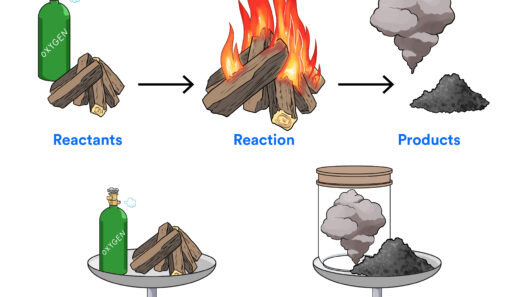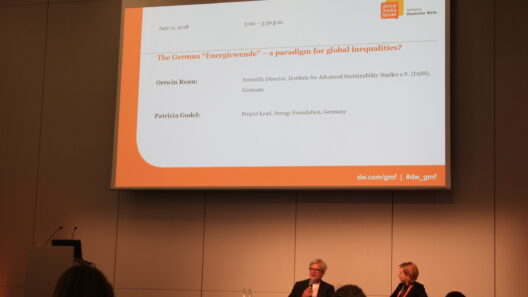The ubiquitous dimmer switch, often seen as a mere aesthetic augmentation to residential lighting, prompts a significant inquiry: do dimmer switches genuinely conserve energy, or do they merely elevate our moods by manipulating light intensity? This question transcends simple domestic convenience, tapping into broader discussions on energy conservation and environmental sustainability. A thorough exploration of the mechanics of dimmer switches, their impact on energy consumption, and the psychological effects of lighting reveals intricate interconnections between technology and our emotional well-being.
At the heart of the matter lies the fundamental purpose of a dimmer switch. Originally designed to modulate brightness and create ambiance, these devices offer a spectrum of lighting options, from the intimate glow of a cozy evening to the stark illumination needed for focused tasks. The true mechanism involves varying the electrical current supplied to the light bulbs, a practice that aligns with concepts of energy adjustment and efficiency. But how does this impact energy consumption?
To understand the energy-saving potential of dimmer switches, one must consider the type of lighting technology in use. Traditional incandescent bulbs, for instance, operate on a simple filament heating principle, where reducing voltage through a dimmer results in less heat, thereby lowering brightness and energy consumption. Empirical studies suggest that dimming incandescent bulbs can reduce energy use by up to 20% or more, dependent on the level of dimming employed. However, the integration of modern lighting solutions, such as compact fluorescent lights (CFLs) and light-emitting diodes (LEDs), complicates this narrative.
LEDs, which occupy a prominent position in contemporary lighting discussions due to their energy efficiency, operate differently. When paired with standard dimmer switches, they can exhibit a non-linear response. Older dimmer designs may not effectively control the current, potentially leading to flickering or premature burnout. However, specifically designed LED dimmers tend to provide seamless experience while still facilitating significant energy savings. Dimming LEDs also yields a proportional decrease in energy consumption—though the percentage may vary widely based on the specific product and use-case scenario.
Moreover, the broader environmental implications of dimmer switches extend beyond mere kilowatt reductions. The consequential decrease in energy consumption can lead to reduced demand on power plants. This, in turn, diminishes greenhouse gas emissions, conservatively allowing for a more sustainable energy consumption paradigm. Thus, dimmer switches, when utilized appropriately in conjunction with modern light technology, can significantly contribute to energy conservation efforts, a pressing concern in today’s age marked by climate change.
However, the question remains whether dimmer switches are merely tools for energy conservation or instruments of mood enhancement. Psychological studies demonstrate that lighting influences human emotions and behaviors profoundly. Warm, dim light often evokes feelings of relaxation and intimacy, while bright, harsh illumination tends to be associated with alertness and productivity. This psychological interplay suggests that the decision to implement dimmer switches may also stem from an innate desire to cultivate specific atmospheres within our living spaces, thereby shaping our experiences and interactions.
The fascination with dimming switches can also stem from their historical and cultural association with mood-enhancing capabilities. Cultures around the world have recognized the power of light manipulation; candlelit dinners, for example, create an irresistible ambiance, fostering intimacy and connection. In contrast, bright lighting is often reserved for workspaces, stimulating productivity and focus. This understanding gives rise to a rich tapestry of emotional responses tied to lighting, where dimmers serve as the orchestrators of these nuanced experiences.
Yet, the environmental activism community should not ignore the potential pitfalls of dimmer utilization. Excessive dimming may lead to inadequate lighting conditions, affecting health and well-being. Moreover, the impulse to render spaces more aesthetically pleasing by lowering lights at inappropriate times could foster an over-reliance on artificial light and undermine our connection with natural daylight. It incites a discussion on balance—in our quest for ambiance and energy conservation, we must not compromise our physiological or psychological well-being.
Ultimately, the efficacy of dimmer switches as energy savers rather than mere mood setters hinges on several factors: the type of lighting technology, the design of the dimmer switch, and individual habits regarding energy consumption. Robust education on LED lighting, for instance, could empower consumers to leverage these tools more effectively. Moreover, a mindful approach to lighting—understanding when and how to use dimmers—can foster not just mood enhancement but also substantial energy conservation.
In conclusion, while dimmer switches initially captivate with their promise of creating a mood, their role in energy conservation should not be overlooked. Their application, when approached with a keen understanding of lighting technology and a conscientious mindset toward energy use, can render dimmers powerful allies in the quest for sustainability. The dialogue surrounding dimmer switches embodies a larger narrative of technological adoption and ecological responsibility; as we integrate these elements into our lives, we must remain vigilant about their implications—for both our mood and our planet.








